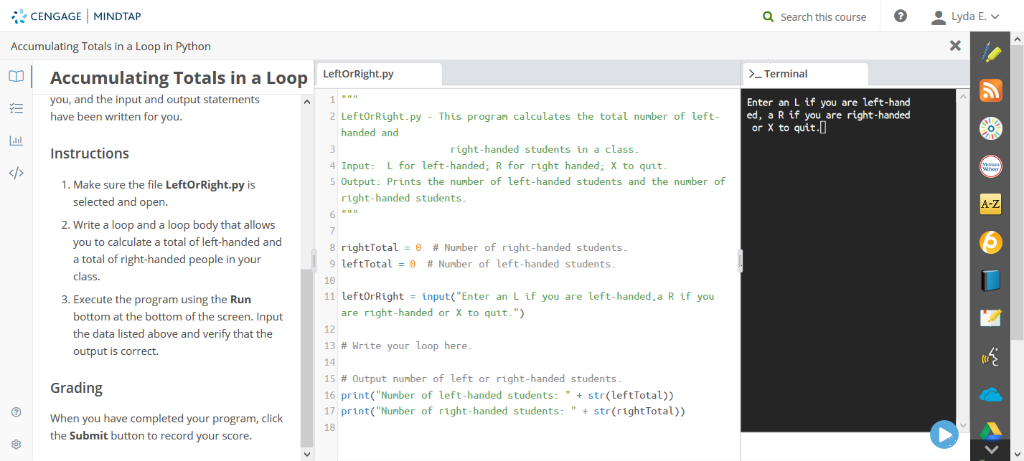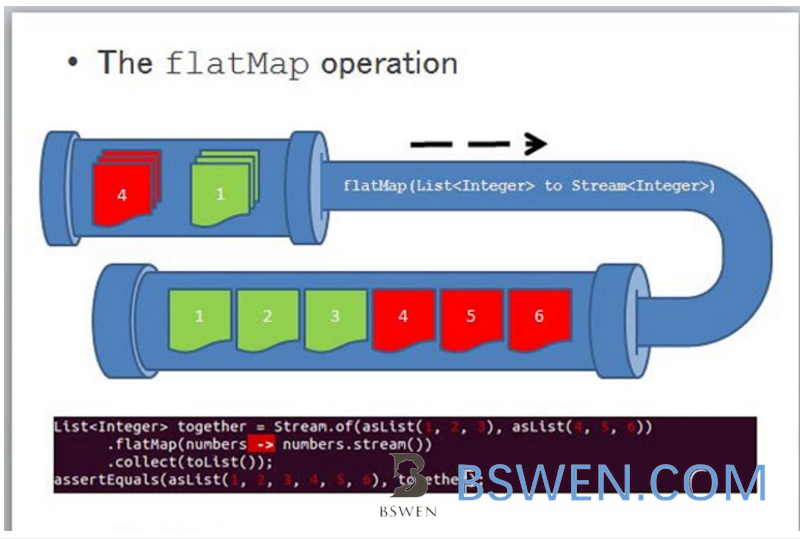

Processing at the second byte 0xxxxxxx 2.Ī conformant process must not interpret illegal or In the latter two cases, it will continue Illegal termination error: for example, either signaling an error,įiltering the byte out, or representing the byte with a marker such asįFFD (REPLACEMENT CHARACTER). Process must treat the first byte 110xxxxx 2 as an When faced with this illegalīyte sequence while transforming or interpreting, a UTF-8 conformant For example, in UTF-8 every byte of the form 110xxxxx 2 must be followed with a byte of the form 10xxxxxx 2. None of the UTFs can generate every arbitrary byte Īre not generated by a UTF? How should I interpret them? The latest version may be downloaded from the ICU Project web site. The freely available open source project International Components for Unicode (ICU) has UTF conversion built into it. For more information on encodingįorms see UTR #17: Unicode Character Encoding Model. Many different byte sequences, depending on the particular SCSU
ITERATE OVER STRING ANDROID CODEPOINTS CODE
This includes reserved (unassigned) code points and the 66 noncharactersĬompression method, even though it is reversible, is not a UTF because the same string can map to very Must map all code points (except surrogate code points) to The ISO/IEC 10646 standard uses the term “UCS transformationįormat” for UTF the two terms are merely synonyms for the same concept.Įach UTF is reversible, thus every UTF supports lossless round tripping: mappingįrom any Unicode coded character sequence S to a sequence of bytes andīack will produce S again. There are compression transformations such as the one described in the UTS #6: A Standard Compression Scheme for Unicode (SCSU).Ī Unicode transformation format (UTF) is anĪlgorithmic mapping from every Unicode code point (except surrogate code Unicode data, including UTF-8, UTF-16 and UTF-32. Yes, there are several possible representations of Q: Can Unicode text be represented in more than one way? One or two 16-bit code units, or a single 32-bit code unit. Depending on theĮncoding form you choose (UTF-8, UTF-16, or UTF-32), each character will then be represented either as a sequence of one to four 8-bit bytes, but Starting with Unicode 2.0 (July, 1996), the Unicode Standard has encoded characters in the range U+0000.U+10FFFF, which amounts to a 21-bit code space. In its first version, from 1991 to 1995, Unicode was a 16-bit encoding. General questions, relating to UTF or Encoding Form You can create a rune variable like any other data type.Frequently Asked Questions UTF-8, UTF-16, UTF-32 & BOM

ITERATE OVER STRING ANDROID CODEPOINTS HOW TO
How to declare variable rune type in Golang?

How to Iterate over a string using rune type?.How to create Rune type using Rune Literal values?.How to declare variable rune type in Golang?.


 0 kommentar(er)
0 kommentar(er)
